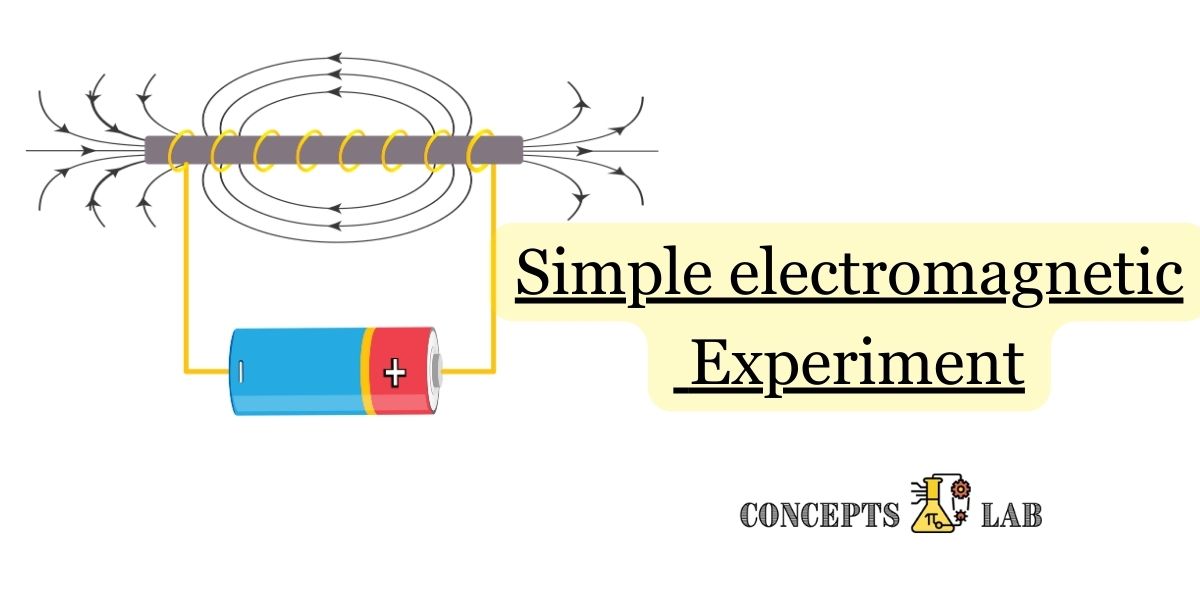Here’s a step-by-step guide for a simple electromagnetic experiment using a nail, wire, and battery:
Materials Needed:
- Iron nail (or any iron object)
- Copper wire (insulated) – about 3 feet long
- Battery (AA or AAA)
- Small paperclips or iron filings
- Sandpaper or a wire stripper (to remove insulation from the wire)
- Masking tape or electrical tape
Procedure:
- Prepare the Wire:
- If the copper wire is not already stripped, use sandpaper or a wire stripper to remove the insulation from both ends of the wire, exposing the copper.
- Wrap the Wire Around the Nail:
- Starting near the head of the nail, tightly wrap the copper wire around the nail. Leave about 6 inches of wire loose on one end.
- Secure the Wire:
- Use masking tape or electrical tape to secure the wire on the nail. Make sure the coil is tight and close-wound.
- Connect the Wire to the Battery:
- Connect one end of the wire to the positive terminal of the battery and the other end to the negative terminal. You can simply wrap the wire around the battery terminals.
- Test the Electromagnet:
- Once the wire is connected to the battery, the coil around the nail becomes an electromagnet. Test its magnetism by bringing small paperclips or iron filings close to the nail. They should be attracted to the nail.
- Experiment with Different Coils:
- Try making different coils by changing the number of turns or the thickness of the wire. Observe how these changes affect the strength of the electromagnet.
Explanation:
- When electric current flows through the wire, it creates a magnetic field around it.
- The iron nail becomes magnetized due to the flow of current, turning it into an electromagnet.
- The magnetic field generated by the electromagnet attracts ferrous materials like iron filings or paperclips.
This simple experiment illustrates the basic principles of electromagnetism, demonstrating how an electric current can generate a magnetic field and magnetize an iron object. It’s a great hands-on way to explore the relationship between electricity and magnetism.


No responses yet